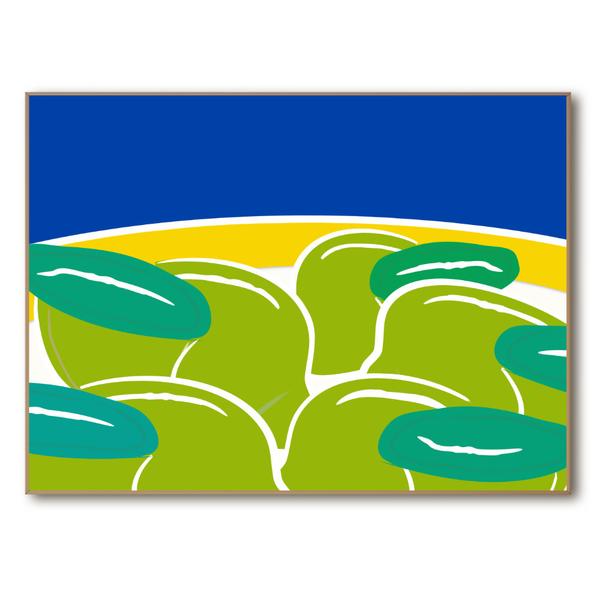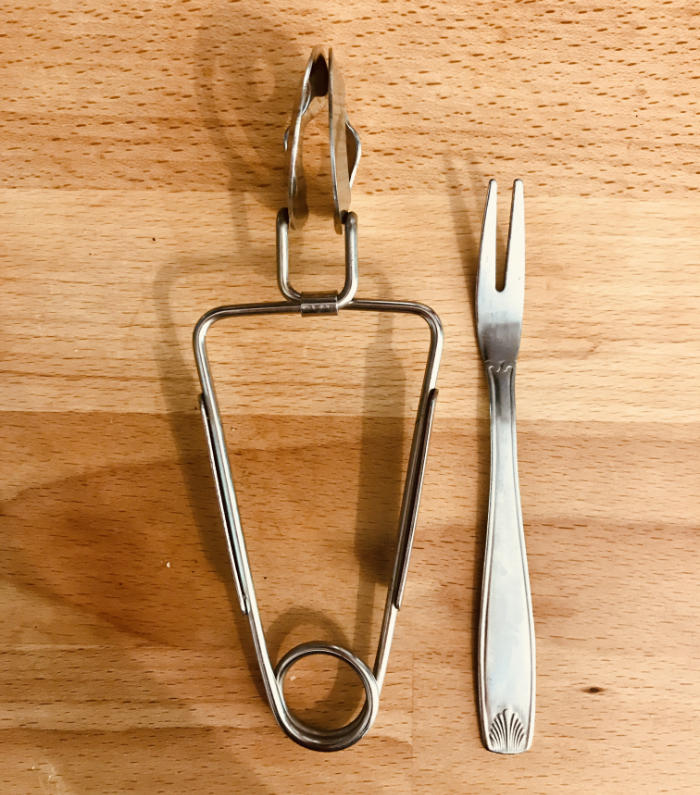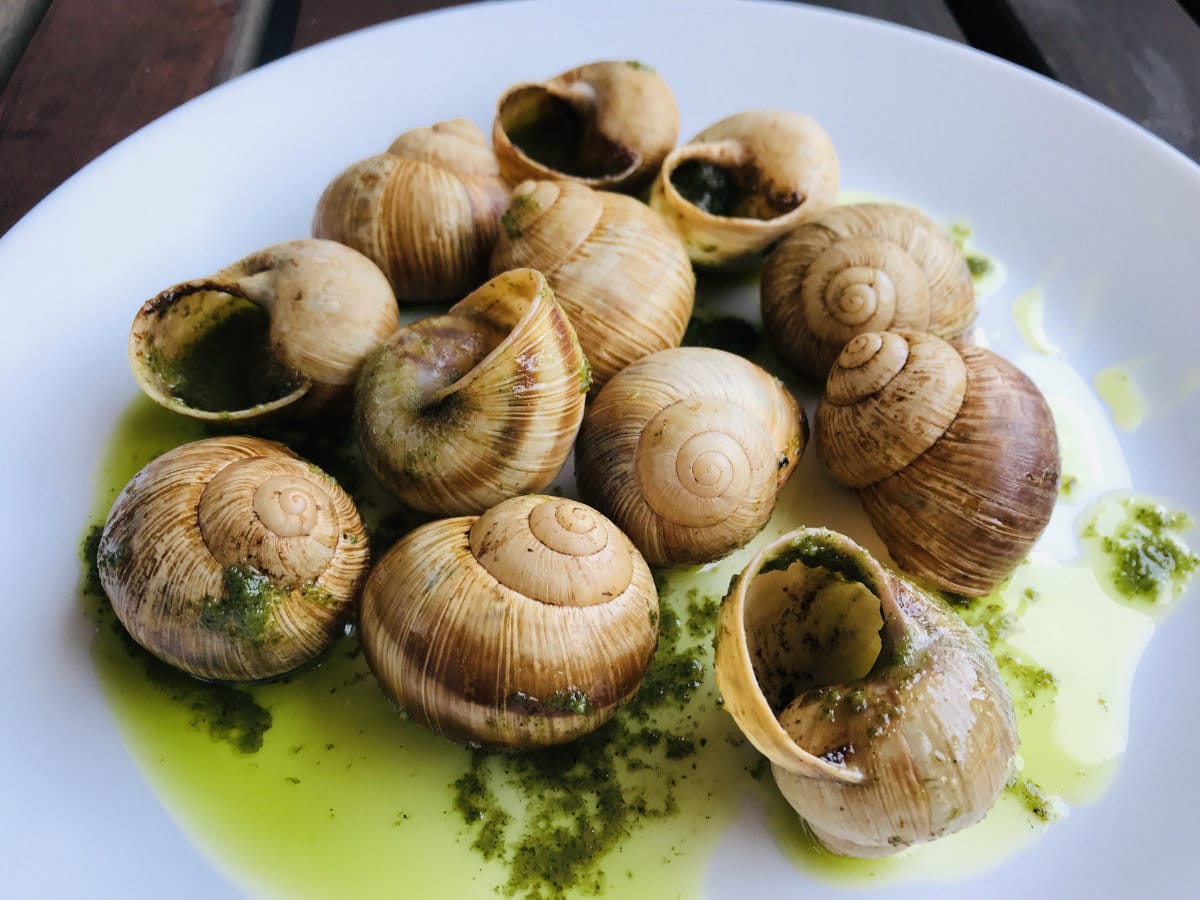If you are wondering what escargots are, it is a snail. Yes, we eat snails in France, and yes they are delicious. French cuisine has some odd things in there, like triperie (organ meats) and cuisses de grenouilles (fried frog legs, also delicious), but eating snails?
Never fear, there is a way to eat escargot that elevates them away from “forest food” to the realm of haute cuisine. The word Escargot means edible snail, and the dish originated in 1814.
It is said to have been prepared for King Louis XVIII (husband of Marie-Antoinette) and the Czar Alexander I of Russia, who both loved it.
Escargot – Snail
French – English translation
So you can tell, it has been around a while. Personally, I confess I had never tried it when I came to France as a tourist, it took moving here to see that it is actually a normal appetizer, just like anything else!
Now, it is a regular in our household, on apéro night or just because. So let’s look at how to eat escargot, what to serve with it, and the wine to accompany it, shall we? Allons-y!
It is estimated that French people eat 16000 tons of escargot every year (even if they all grew up singing the famous nursery rhyme).
You will easily find Escargots on the menu in brasseries and restaurants all across France, in a way that you will not find the frog legs or other more “exotic” French dishes. In addition, escargots are high in protein and low in fat, unless you eat too much of the garlic sauce that is!
What does Escargot taste like?
The escargot itself, once it comes out of the shell, is a small dark brown piece of meat, that tastes a bit like a porcini mushroom. It is slightly rubbery in the mouth, and goes down quite easily.
Drenched in bread and garlic butter, the butter and the garlic usually supersede any hesitations among nervous eaters.
How escargot is served
i) Escargot à la Bourguignonne
- Served with: Baguette. For gluten-free, try rye bread or sourdough bread
- Wine: A local white wine from Burgundy such as Pouilly Fuissé Blanc or Bourgogne Aligoté Blanc.
As I mentioned above, the most common type is the Escargot à la Bourguignonne which is snails covered in garlic butter and pesto (or the French pistou). It is usually served with its shell, which the eater has to pick out with a tiny fork.
If you see escargot on the menu at a restaurant in France, this is usually the version of the dish that you will be served.
The name comes doesn’t come from the sauce however, it is because of the type of snail used, a species native to Bourgogne (Burgundy).

ii) Escargot Puff Pastry
- Served: by itself
- Wine: Local wine such as Chablis Blanc (white) or Givry Rouge (red).
Escargot in a puff pastry is similar to Escargot à la Bourguignonne, except instead of being served in a shell, it is served will a puff pastry surrounding it. The sauce within the puff pastry is the same herb garlic sauce in both recipes.
If you are squeamish about trying escargot, this is the version to try, since all you will see is a little piece of meat in a puff pastry. You will also not need the special cutlery mentioned below for the escargot puff pastry.
iii) Escargot à la Bordelaise
- Served with: Baguette. For gluten-free, try rye bread or sourdough bread.
- Wine: A local white from Charente such as Charentais blanc. If you prefer red, try a Médoc from Bordeaux or a Côtes du Rhône.
☞ READ MORE: Easy Guide to the French Wines
Also known as cagouilles à la Charentaise, these snails are smaller and come from the Charente region, while the sauce is a traditional dish from Bordeaux.
For this recipe, the escargot is cooked with sausage or bacon lardons, tomato sauce, wine, and other spices. Escargot à la Bordelaise is also usually served with its shell on.
How to eat with cutlery
If you try to use a fork to take the escargot out, you will quickly realize that a normal size fork can’t enter into the escargot shell. Not to fear, french etiquette has an answer for everything.

The snails will be served usually with their shells on, and you will need a special tiny fork, as well as custom snail tongs to hold the snail shell while you get the meat out, without getting your hands dirty.
Hold the tongs in your left hand to hold the escargot steady, with the fork in your right hand, pull the fleshy bit out. Et voila!
Shop Favorites:
Ordering at a restaurant
Escargot is usually eaten in France as a starter at a traditional entrée, plat, dessert (starter, main, dessert). It can also be served as an appetizer at an apéro dinatoire, which is a type of casual party with friends.
Escargot is not meant to be a main dish, so at most you should expect to eat 6 pieces, not a heaping plateful of snails.
With a couple of slices of baguette to scoop up all that delicious sauce, it is the perfect starter that leaves plenty of room for the main course.
☞ READ MORE: French Apéritifs for your next happy hour
Buying snails at a grocery store
Now, if you love escargot and are tempted to make it at home, I hate to disillusion you, but most gardenless Parisians actually buy them at their local grocery store, Picard. And they are already prepared and sold frozen, ready to stick in the oven.
That’s because the big problem is finding the snails. You can’t just use any land snails that you find in your garden. For one thing, some of those snails are poisonous!
The particular species from Bourgogne that is used is the helix pomatia snails. But due to overcommercialization, they are protected in France and you cannot wander around the forest looking for them. Instead, the snails eaten are specially farmed for making escargot.
If you are outside of France, at your local grocery store you may instead find other species of snails such as helix aspers and helix lucorum which all come from the surrounding Mediterranean countries (Balkans, Turkey, etc). Rest assured they should have a very similar taste.
Once you do find your snails, you make an easy pesto sauce by combining butter, parsley, salt and pepper. Place the escargot and the sauce in an your escargot-holder cooking tray (so that the sauce doesn’t go everywhere) for approximately 5 minutes.

So are you ready to try some escargot? If you enjoyed that article, you may enjoy reading about more classic French appetizers that are easy to prepare. Bon appétit and à bientôt!




